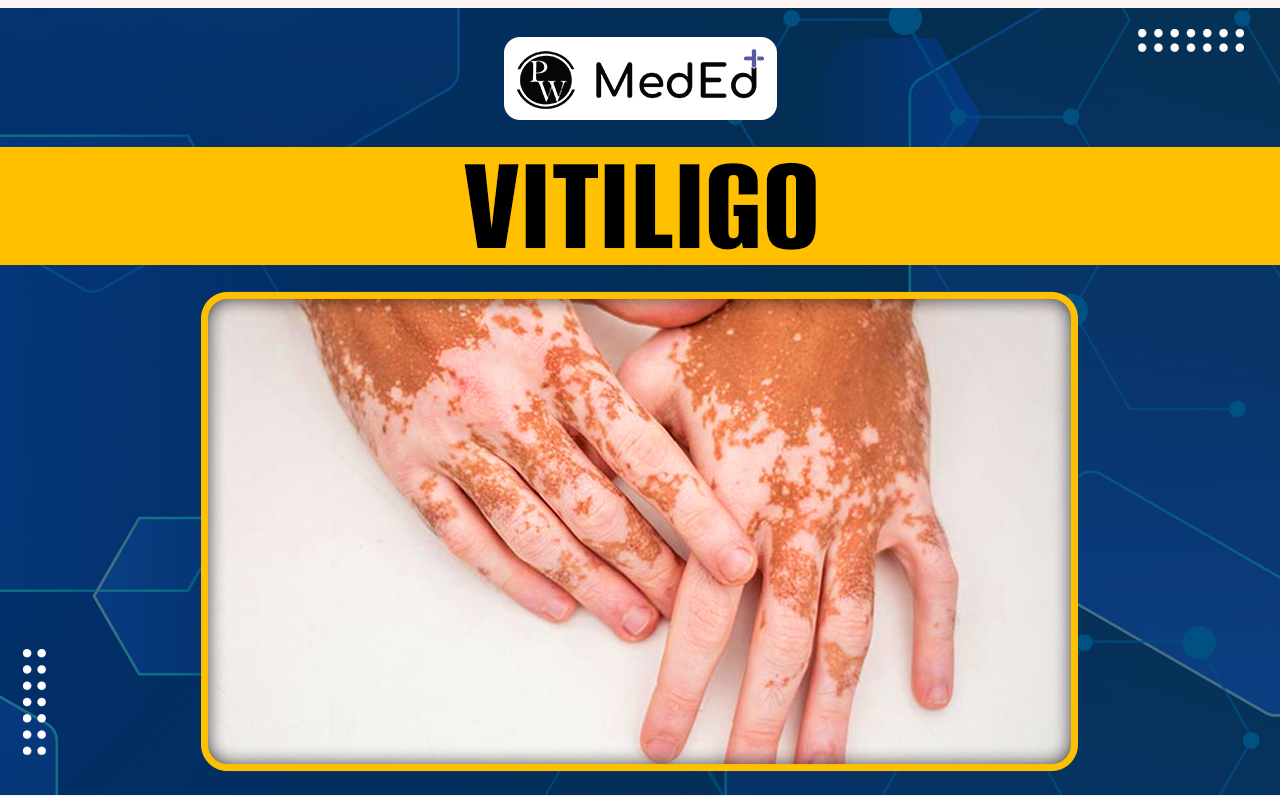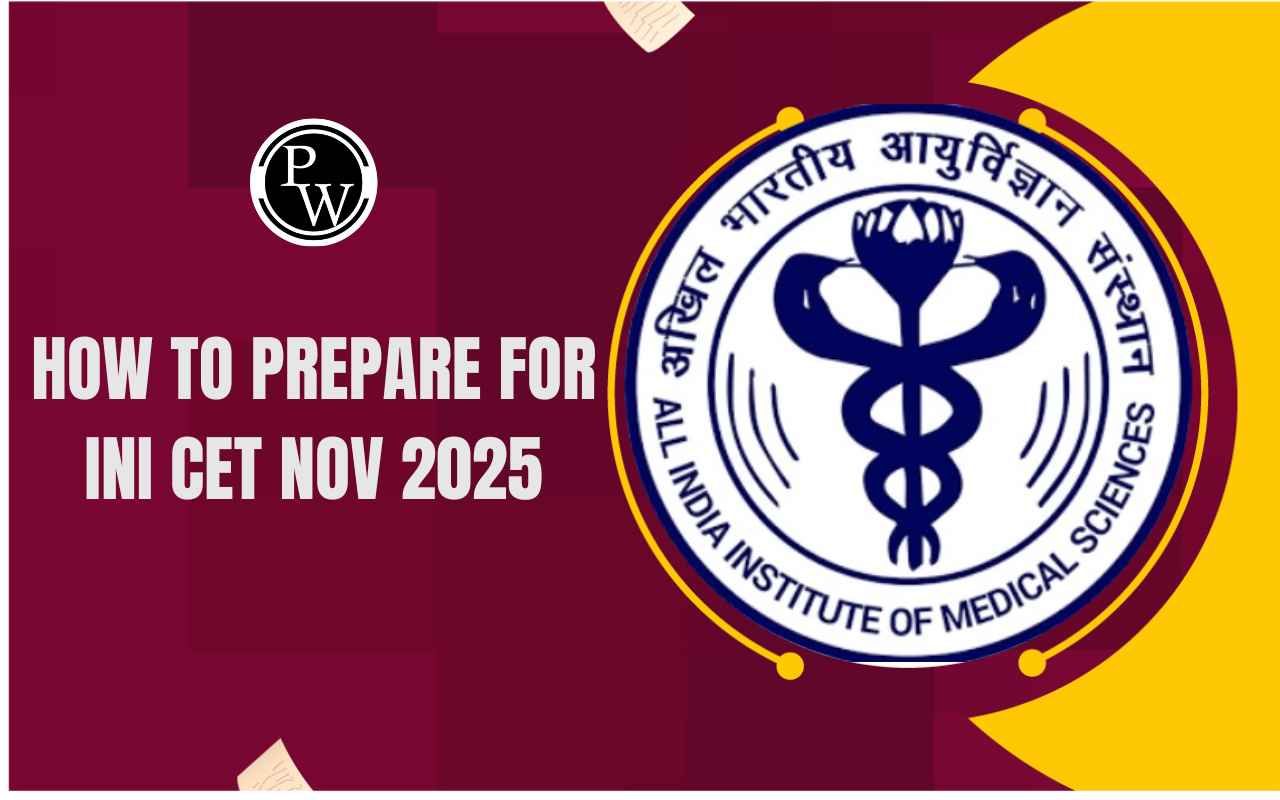

Vitiligo is a skin disease that causes skin discolouration on different body parts. The disease can impact any area of the body's skin and potentially spread to other parts. It can happen to people of all skin types, and it can be stressful and embarrassing because it affects your appearance.
What is Vitiligo?
Vitiligo is when your skin turns white or lighter than its natural colour . It usually begins on the hands, forearms, feet, and face but can also affect the eyes, inner ears, mouth, nose, and vaginal and rectal regions. The hair may turn silver or white if you have Vitiligo on a hairy area. Vitiligo can affect all sexes and races. Individuals with darker skin tones tend to show it more.Causes of Vitiligo
Usually, melanin pigment determines the colour of our skin and hair. Vitiligo arises when the body destroys or ceases to function melanin-producing cells (melanocytes). Research suggests that the following factors may cause vitiligo:- Autoimmune disease is when your body's immune system mistakenly considers healthy melanocytes foreign invaders and produces antibodies that kill the melanocytes.
- Genetic alterations: A genetic mutation or alteration to your body's DNA may affect how your melanocytes function. Researchers have linked an increased incidence of vitiligo to more than 30 genes .
- Stress: Regular mental or physical stress, especially after an accident, can change how much pigment melanocyte cells produce.
- Environmental triggers : Exposure to harmful chemicals and UV light can affect your melanocyte cells' ability to function.
Types of Vitiligo
The different types of Vitiligo are as follows:- Generalized Vitiligo: The most prevalent kind of Vitiligo appears all over the body.
- Segmental Vitiligo: This type only affects a specific body part, such as the hands or face.
- Mucosal vitiligo: It affects the vaginal and oral mucous membranes.
- Focal Vitiligo: The spots develop in a small area and do not spread in a specific pattern until one or two years.
- Trichome: A typical patch pattern develops with a white centre, a region with lighter pigmentation, surrounded by an area of your natural skin tone.
Symptoms of Vitiligo
Different people with Vitiligo can have various degrees of afflicted skin. While some people lose pigmentation in certain areas of their skin, others see a complete loss of skin tone in more significant body parts. The following are some of the typical vitiligo signs and symptoms:- Areas of skin or mucous membranes that have lost pigment appear paler than your skin tone.
- You may notice grey, silver, or white hair patches on your body.
- The white patches might not change much after they appear, but they might eventually enlarge.
- There can be cycles of stability and loss of pigment in different body parts.
- Larger patches may expand slowly but typically remain in one portion for a more extended period.
- Smaller macules change places over time as different skin parts lose and regain colour.
Complications of Vitiligo
- Sensitive skin: Because no melanocytes are on the affected skin, people may be more susceptible to the sun's rays in those areas. Instead of tanning, this might soon burn the skin on your body.
- Eye abnormalities: Individuals may have variations in colour in portions of the eye and retinal abnormalities. Though the retina, or iris, may occasionally become inflamed, vision is typically unaffected.
- Autoimmune disease: Individuals with Vitiligo may have a higher risk of developing autoimmune diseases such as anaemia, diabetes, and hypothyroidism.
- Emotional stress: People with discoloured skin may feel embarrassed and have low self-esteem due to their appearance. As a result, someone may experience anxiety or despair and wish to withdraw or stay away from social situations.
Diagnosis of Vitiligo
A visual examination by a medical professional can typically help with a precise vitiligo diagnosis . The dermatologist might examine your skin with a Wood's lamp to distinguish vitiligo from other skin diseases by shining an ultraviolet (UV) light onto your skin. Your healthcare provider may also ask about your medical history and family.Treatment for Vitiligo
Vitiligo has no known treatment or preventative methods. But you can take measures to improve the appearance of your afflicted skin . Your age, the location and amount of affected skin, and the rate at which the disease progresses. It may take several months to assess the effectiveness of the treatment, as the healthcare professional recommends. Additionally, you should try different strategies or a mix of approaches to get effective results. The other treatment plans may include the following:Medications
No medication can reverse the loss of pigment cells (melanocytes). However, some medications can help restore some colour when used alone or with other therapies.- Medications that reduce inflammation: The affected skin may regain its colour after using a corticosteroid cream, especially during the early stages of Vitiligo. For patients whose disease is getting worse quickly, corticosteroid injections or pills may be an option.
- Medicines to boost the immune system: Drugs can influence the immune system to fight off the disease. Ointments containing calcineurin inhibitors, like pimecrolimus (Elidel) or tacrolimus (Protopic), may work well for those with minor problems, particularly on the face and neck.
Therapies
You can use the following therapies, either alone or in conjunction with medication:- Light therapy: Researchers have observed that phototherapy using narrow-band ultraviolet B (UVB) can halt or decrease the growth of active vitiligo. It may have more efficacy when used with calcineurin inhibitors or corticosteroids for a few weeks.
- Combined psoralen and light therapy : This treatment combines light therapy with psoralen, a plant chemical, to restore colour to the light patches.
- Depigmentation: If other treatments fail, the unaffected areas of the skin receive a depigmenting chemical, which gradually lightens the skin and blends in with the discoloured areas.
Surgical Procedure
Some patients with stable illnesses may undergo the following surgical processes that aim to restore colour and balance their skin tone:- Skin Grafting: Your physician will apply tiny pieces of pigmented, healthy skin to lost regions during this process. Your physician may use this process if you have isolated vitiligo areas.
- Blister Grafting: Your doctor forms blisters on your pigmented skin using suction for this surgery. Your doctor then transplants the blister tips to the discoloured skin.
- Transfusion of suspended cells: During this process, your physician collects some tissues from the normal skin, treats them in solution, and transplants them into the affected area. The outcomes of this repigmentation process become apparent within a month.
Future Therapies
- Researchers are investigating the possibility of inserting afamelanotide, a medication, beneath the skin to promote the growth of melanocytes.
- Prostaglandin E2 gel, a medication, can help with melanocyte management and skin colour restoration.
Vitiligo FAQs
What are patches and macules?
In Vitiligo, we refer to the discoloured part of the skin as a patch if its width is more than a centimetre and as a macule if smaller.
What is universal-type Vitiligo?
This is a rare type of Vitiligo in which more than 80% of your skin is pigment-free.
Is Vitiligo contagious?
No. Vitiligo is not contagious. Physical contact cannot transfer it from one person to another.
Does vitiligo cause pain?
No, Vitiligo does not cause pain. However, when exposed to intense sun rays, Vitiligo may cause sunburns or occasional irritation to areas of skin.
Is vitiligo a genetic disease?
Some studies suggest that a family history of Vitiligo can raise the risk of this disease, but further research is necessary.
Talk to a counsellorHave doubts? Our support team will be happy to assist you!

Check out these Related Articles
Free Learning Resources
PW Books
Notes (Class 10-12)
PW Study Materials
Notes (Class 6-9)
Ncert Solutions
Govt Exams
Class 6th to 12th Online Courses
Govt Job Exams Courses
UPSC Coaching
Defence Exam Coaching
Gate Exam Coaching
Other Exams
Know about Physics Wallah
Physics Wallah is an Indian edtech platform that provides accessible & comprehensive learning experiences to students from Class 6th to postgraduate level. We also provide extensive NCERT solutions, sample paper, NEET, JEE Mains, BITSAT previous year papers & more such resources to students. Physics Wallah also caters to over 3.5 million registered students and over 78 lakh+ Youtube subscribers with 4.8 rating on its app.
We Stand Out because
We provide students with intensive courses with India’s qualified & experienced faculties & mentors. PW strives to make the learning experience comprehensive and accessible for students of all sections of society. We believe in empowering every single student who couldn't dream of a good career in engineering and medical field earlier.
Our Key Focus Areas
Physics Wallah's main focus is to make the learning experience as economical as possible for all students. With our affordable courses like Lakshya, Udaan and Arjuna and many others, we have been able to provide a platform for lakhs of aspirants. From providing Chemistry, Maths, Physics formula to giving e-books of eminent authors like RD Sharma, RS Aggarwal and Lakhmir Singh, PW focuses on every single student's need for preparation.
What Makes Us Different
Physics Wallah strives to develop a comprehensive pedagogical structure for students, where they get a state-of-the-art learning experience with study material and resources. Apart from catering students preparing for JEE Mains and NEET, PW also provides study material for each state board like Uttar Pradesh, Bihar, and others
Copyright © 2025 Physicswallah Limited All rights reserved.









